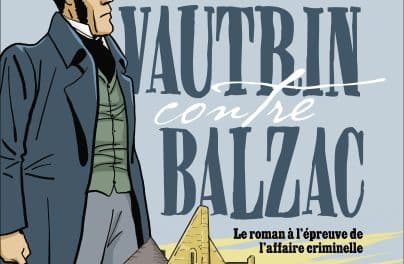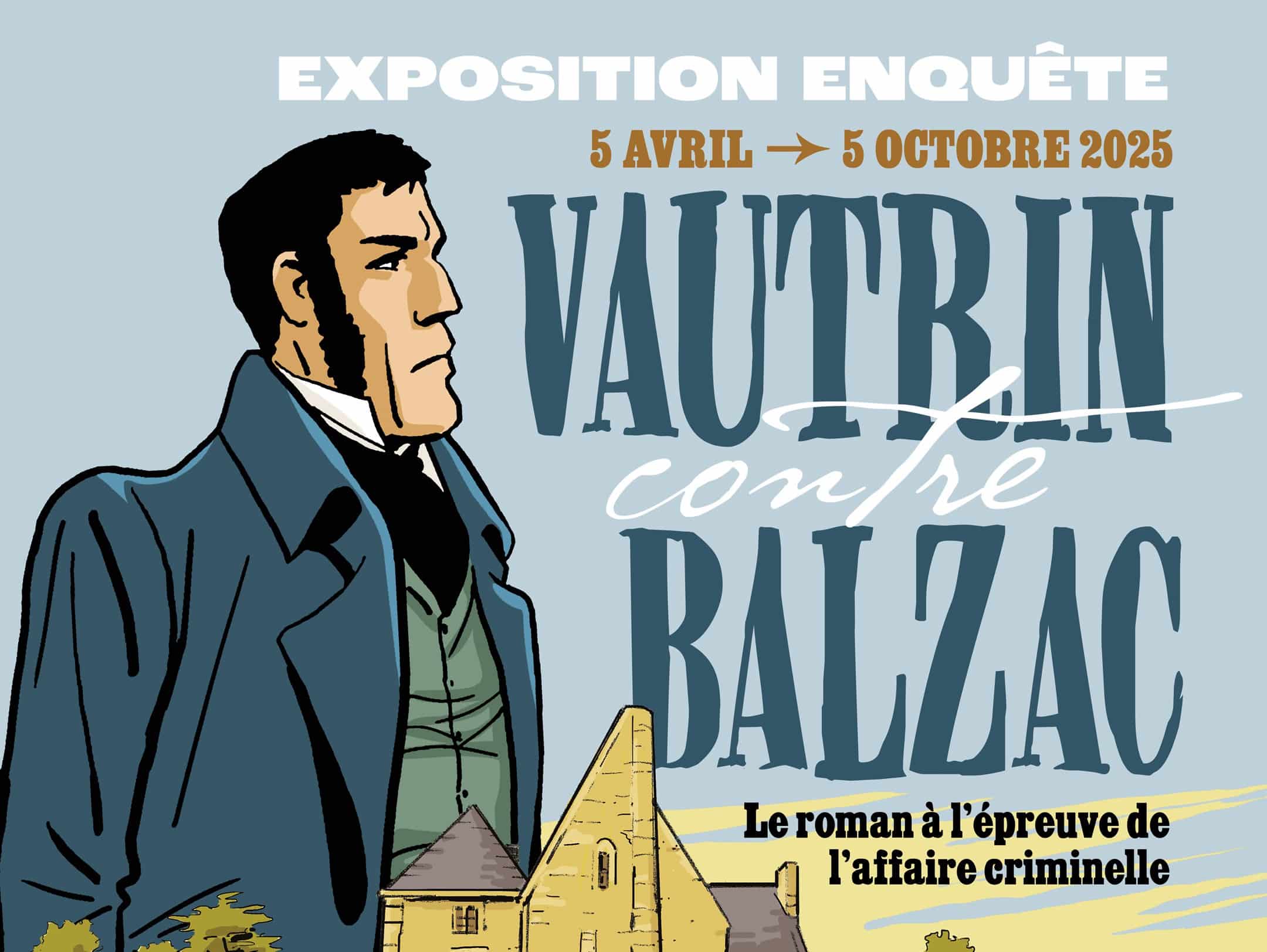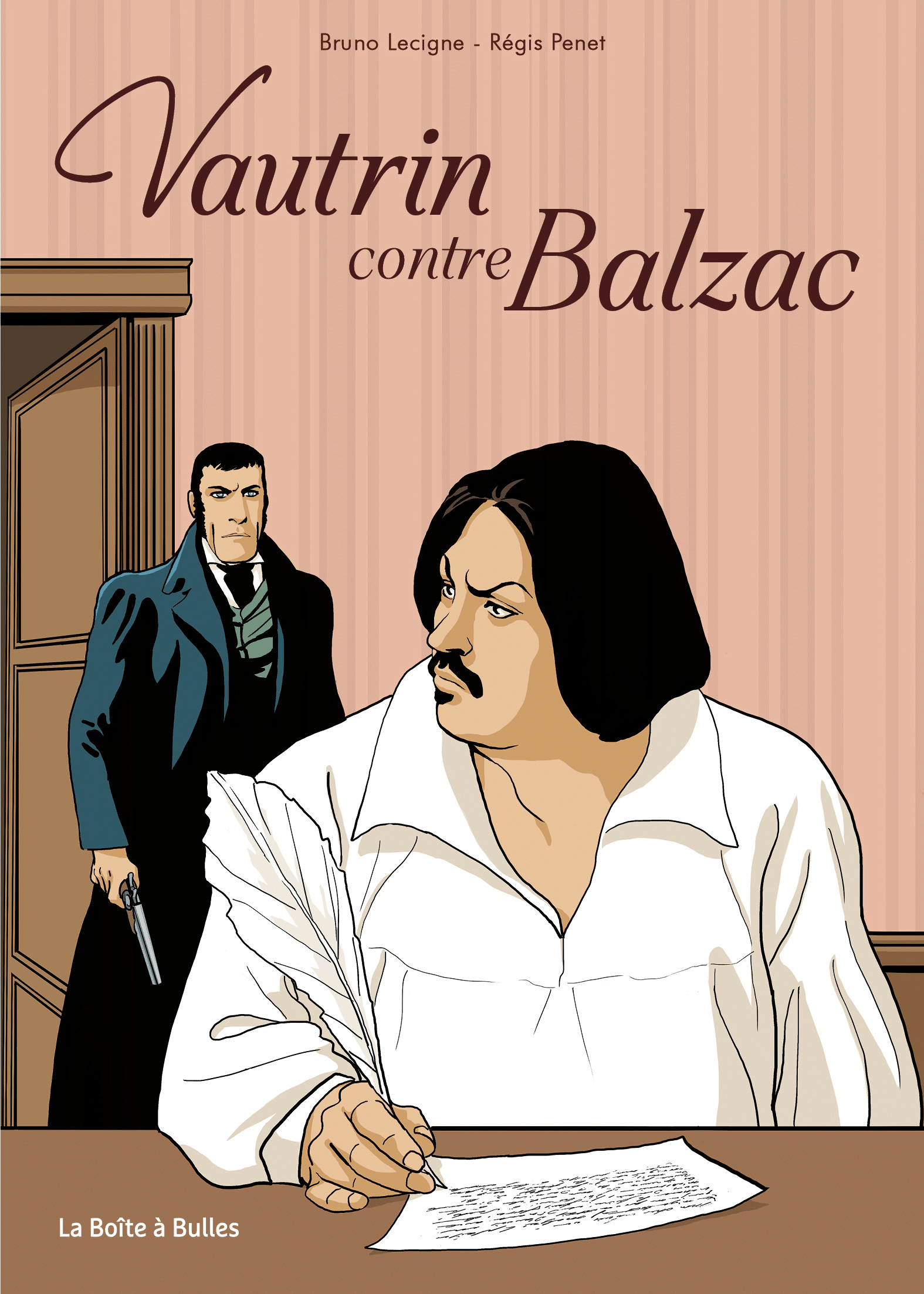
Exhibition > April 5, 2025 – october 5, 2025 As part of his plan to describe the whole of society in the times he lived in, Balzac couldn’t leave […]

As part of his plan to describe the whole of society in the times he lived in, Balzac couldn’t leave out the novel-worthy resources and motives provided by criminal affairs. “Real” crime news items and characters may have been a key source of inspiration, but it was the criminal investigation, based on solving clues, that gave him a prime model to examine and crack a society that had been through the revolution and become as impenetrable and unfathomable as an occult book. The character of Vautrin and his many identities embodies this new post-revolutionary world; he also highlights how Balzac uses criminal affairs to echo reality in a system of clear and visible signs… before it all gets murky. Join the ex-convict on an investigation to uncover the motives behind Balzac’s work…

The exhibition was designed in partnership with the publisher La Boîte à Bulles and involved in the publication of the VAUTRIN CONTRE BALZAC graphic novel (written by Bruno Lecigne, illustrated by Régis Penet, published by La Boîte à Bulles, 2025). The themes explored in the exhibition tie into the graphic novel in its own take on the subject. There’s also an 8-page booklet to connect the graphic novel to Balzac’s literature for audiences.
Whilst staying at Château de Saché, Honoré de Balzac has a surprise visit from the chief of the civil police force… someone by the name of Vautrin. He accuses the novelist of tarnishing his reputation… But why? Because of a man by the same name, a master manipulator who isn’t scared to get his hands dirty if it means getting what he or his partners want. This exciting encounter sees Bruno Lecigne and Régis Penet explore the origins and inspirations behind the character and the importance of crime in Balzac’s work.